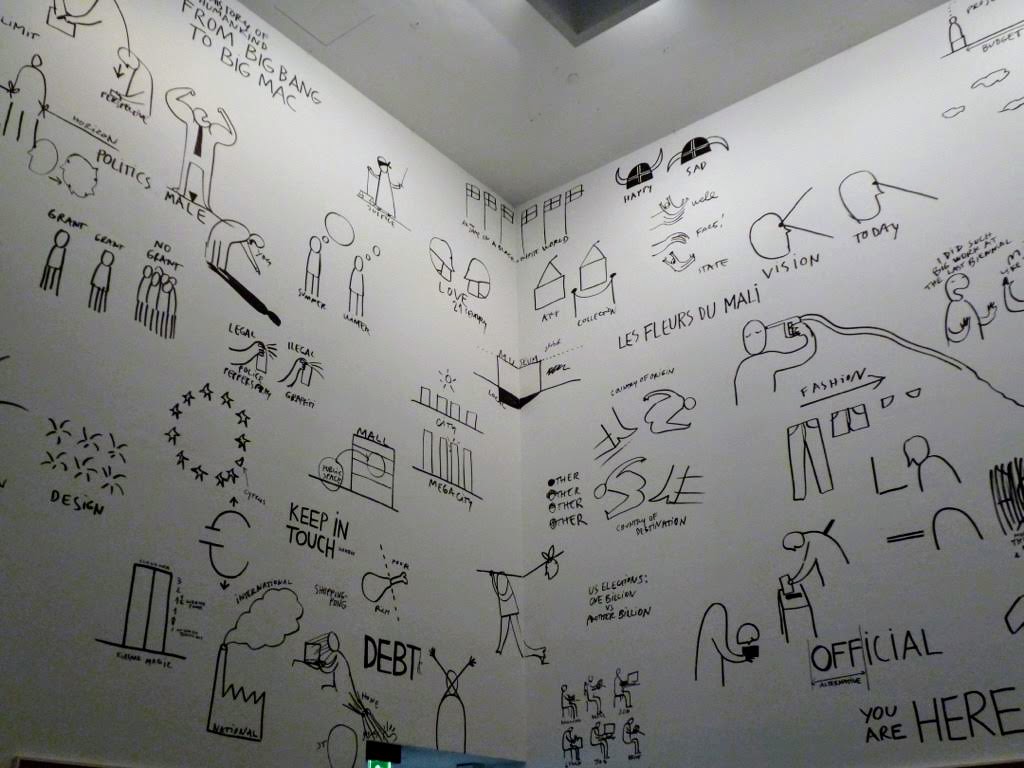This is an Eval Central archive copy, find the original at cense.ca.

Service and product design involves creating something, envisioning it’s use, consideration of its effects, and hopefully seeing it achieve a goal. When we are creating or planning our project we need to consider all of that on top of the many ideas we have about what that product or service ought to involve. That is a lot to hold in our heads at one time.
This is why designers often rely on visual thinking and communication to help illustrate these ideas as systems. The benefits of this approach are many and include:
- Providing a way to communicate your thoughts in multiple dimensions. Time, space, sequence, and effects are all different considerations for service design and visualizing that allows us to see these all in one space. Our language is linear, visualizing allows for linear and non-linear effects.
- It creates a space for everyone to participate. Whether you are a skilled visual communicator or someone who hasn’t drawn anything by hand in 20 years, nearly everyone can draw. Visual thinking tools can provide a means to literally get people working on the same page. Simple methods like the Sketch Map are easy to employ and get everyone sharing ideas together.
- Visual language – such as that illustrated by XPlane in their useful guide to visual thinking transcends spoken words and allows us to communicate even when our shared spoken language isn’t strong.
- Visual thinking allows us to use metaphors, express complex emotions, and connect physical and emotional things together during a service journey in a way that is difficult to convey through oral or written language.
- Visuals provide an artifact that can be interrogated, explored, and reviewed from many different perspectives allowing people to point to objects, relationships, and structures and ask about their purpose, illustration, and meaning without requiring much technical understanding of the problem-domain (allowing outside and alternative perspectives to meaningfully contribute).
- It also provides a means to generate a shared understanding of the system boundaries, components, and purposes that guide your development of the service. It gets people on the same page metaphorically and literally.
Visual communicator Angelika Skotnicka provides a strong case for why we want to consider visual thinking and how it is done from the perspective of graphic recording.
Consider ways to bring in visual thinking to your project planning, service design, evaluation, and strategy development. It is low-risk, high-reward and is an engaging, low-cost, and often enjoyable way to generate enormous insight quickly and effectively.
Want to learn more? Contact us and we can help you bring your ideas to light visually and more.